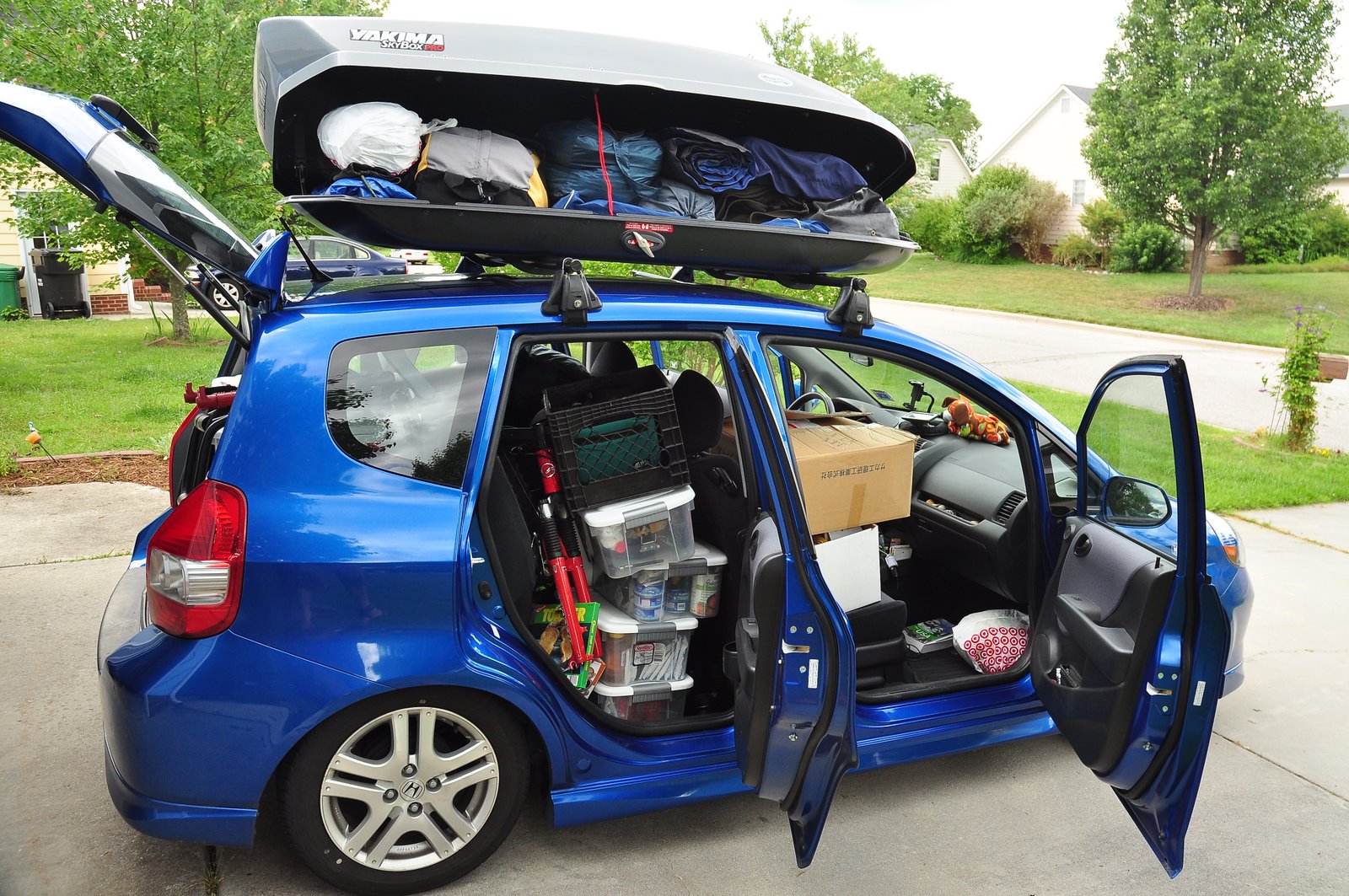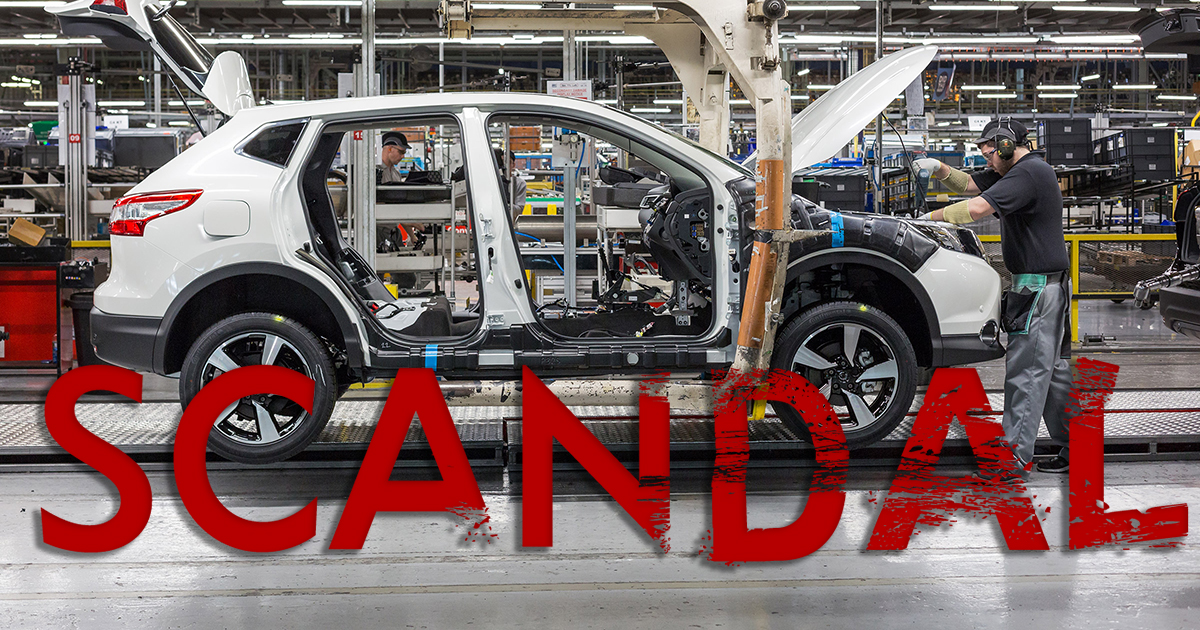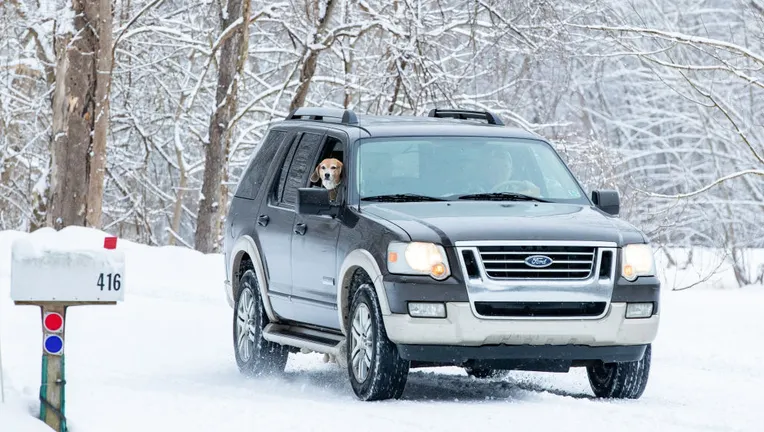How To Check Your Car Before A Road Trip
Road trips are a fantastic way to explore the countryside, get from one city to another, move a kid to college, or just get away from home and have some fun. Some people choose to rent a car for their road trip, feeling safer in a vehicle that is ultimately someone else’s responsibility. If you’re road tripping in your car, it’s a good idea to do some basic maintenance before you head out; there’s nothing more frustrating than having a breakdown on vacation.
10. Check Fluids
The first thing you should do when you’re heading out on a road trip is to check all the fluids in your car. Brake fluid, coolant fluid, wiper fluid, oil levels. Anything you can access and check, do so. Anything that needs refiling or repair, take care of it. Traveling with an extra bottle of windshield wiper fluid is often a good idea; running out halfway through your day of driving is incredibly frustrating.
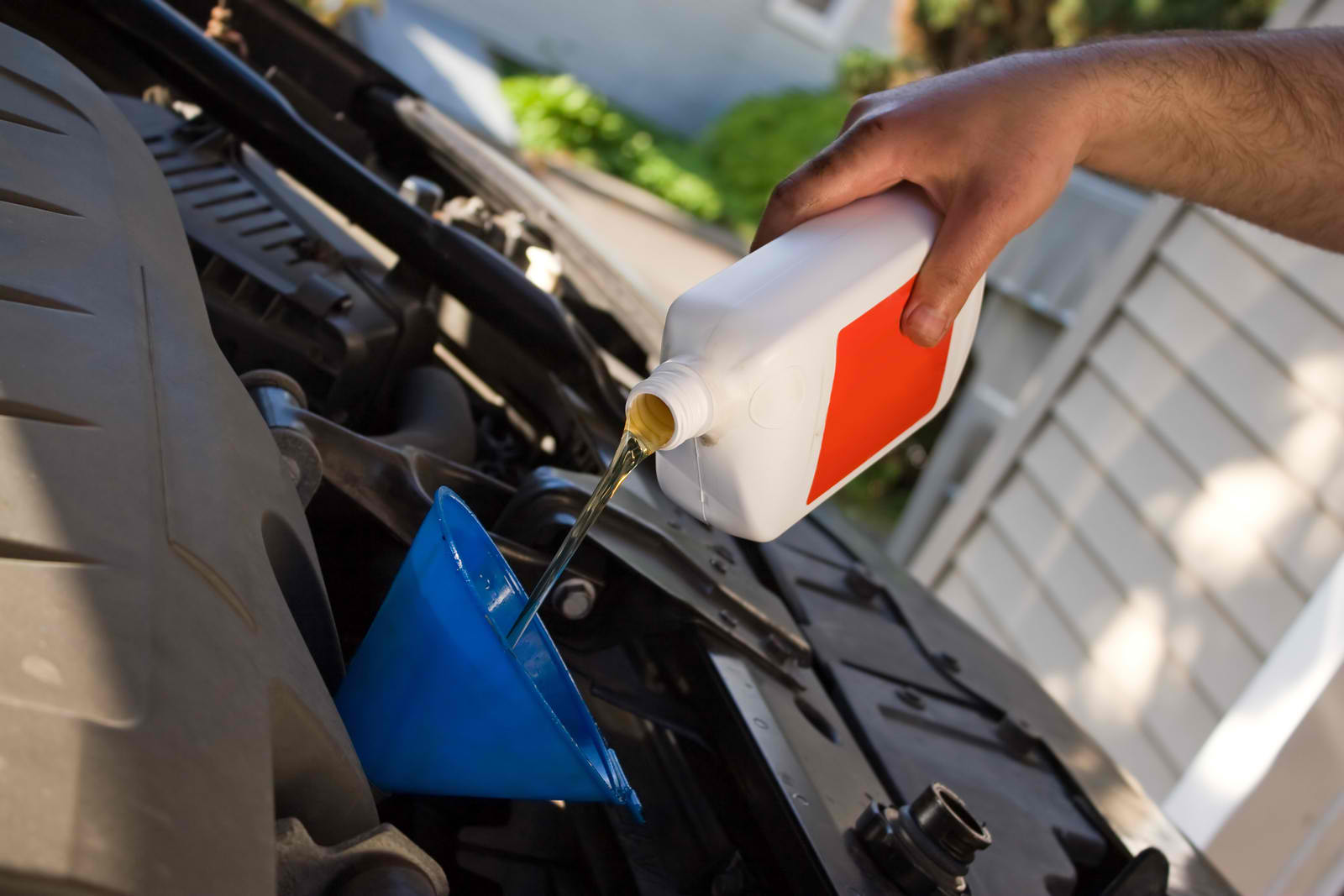
9. Check Air Pressure
Before you head out on a long drive, check the pressure on all of your tires – including the spare. Make sure to use the pressure in your vehicle’s manual, or what’s written on the sticker inside the driver’s side door; the pressure on the tire is a maximum pressure, not the ideal pressure. Tires that are properly inflated will give better mileage for your travel, and will also grip the road better, and stop more appropriately.
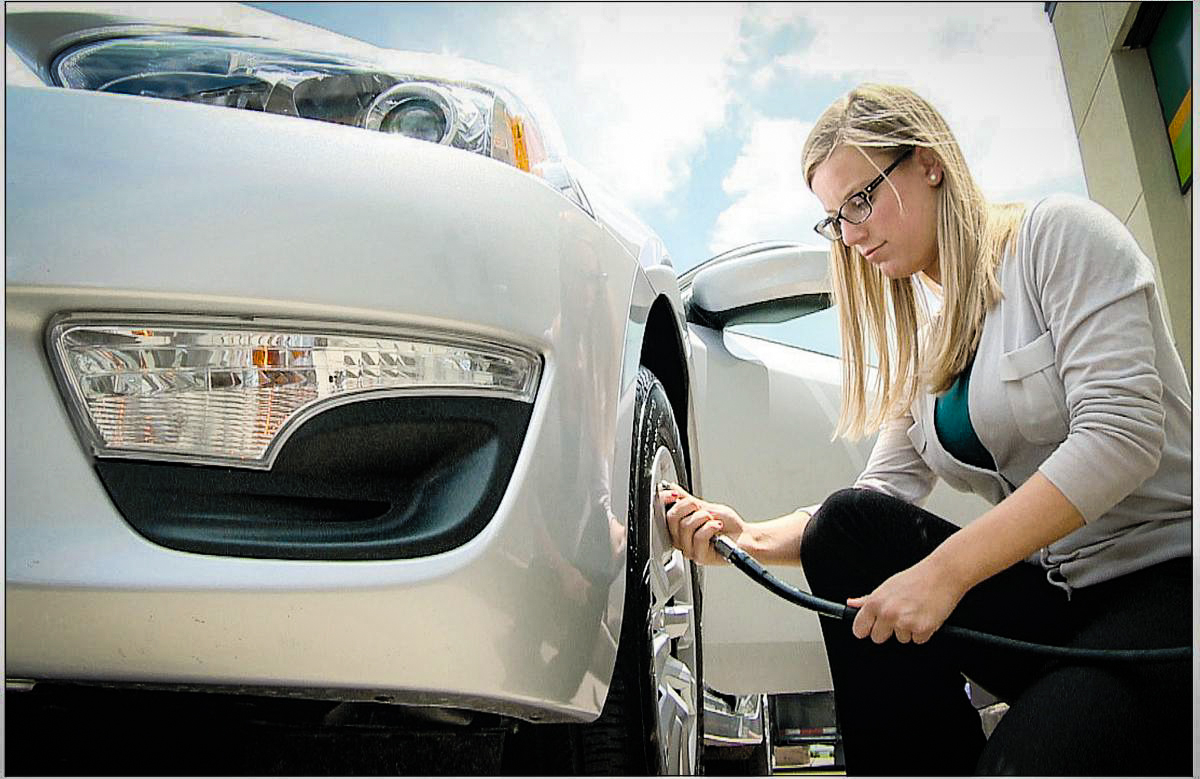
8. Time For An Oil Change?
If you’re close to needing your next oil change, head in a little early to get this basic service. And no, you cannot get away with just adding some extra oil yourself; while this does top off the system, it does not flush out the sludge from old oil. When you change the car’s oil, you should generally change the oil filter at the same time. A long trip puts extra stress on your car’s engine, and fresh oil helps mitigate the wear.

7. Check Your Tread
When your tires start to wear, the treads wear down. This affects how your tires grip the road and how much they heat up while you’re driving. To avoid flats and blowouts on a road trip, check the tread. You can either use a coin or a special tread gauge. You should have at least 1.6 mm of tread left before you head out; if you have less than 2.5 mm, consider replacing your tires before you leave.
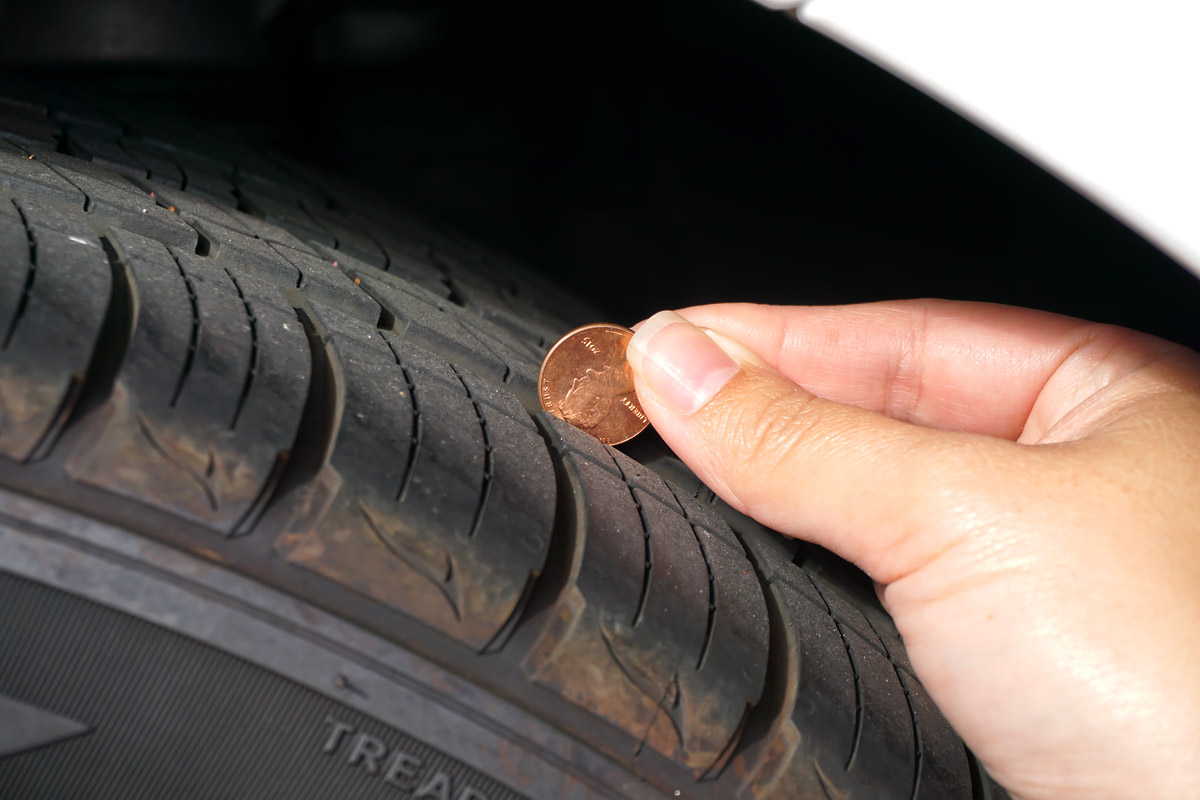
6. Check Air Filters
Your car has two crucial air filters, one which supplies clean, fresh air to the engine, and another which supplies clean air to the cabin. Making sure that these two filters are clean and new will improve your vehicle’s efficiency and performance, while making sure that you stay comfortable and refreshed in the cabin. The cabin air filter in particular is often neglected in services, and as it wears down, can negatively affect air quality inside of the car.
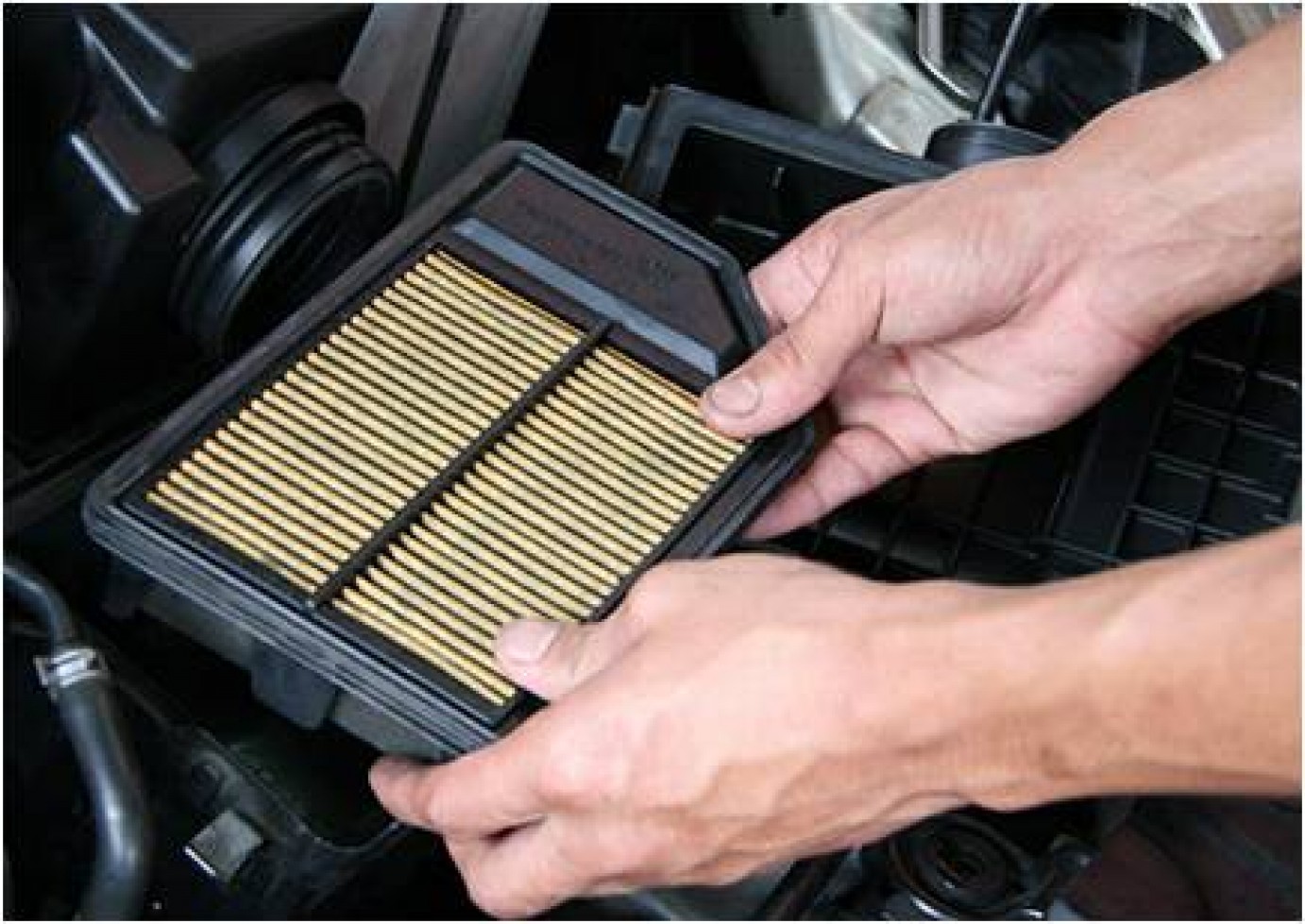
5. Wash Your Car
It’s a good idea to wash your car before you head out, just to remove any lingering road salt or dirt before you head into different weather conditions. If nothing else, make sure to stop when you fill up on gas to clean all the windshields and check the condition of the wiper blades. It’s better to get new wipers before you leave town than to have one fail on the highway when you really need it.
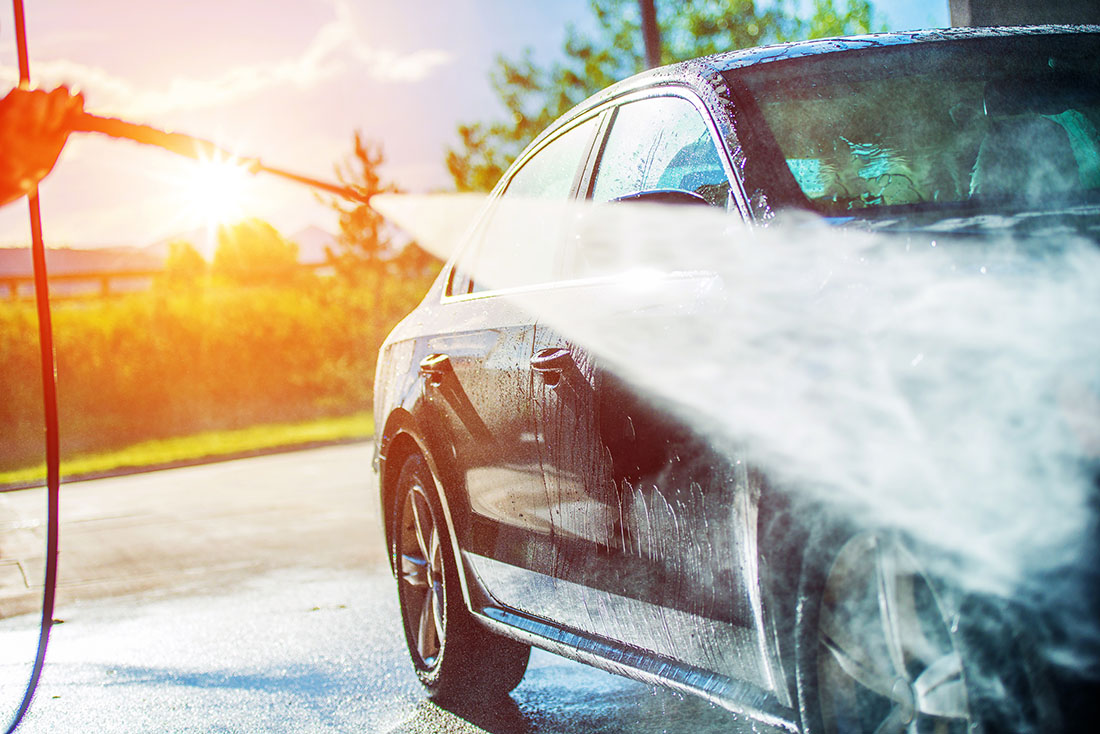
4. Check Brakes
When was the last time you had your brakes serviced? It’s a good idea to have someone check the brakes on your car and make sure your pads and rotors are in good repair, especially if you’re heading out on a long trip in conditions that might make braking more stressful. This would include driving into the mountains or towing a camper, for example. If you’re heading into dramatically different driving conditions, make sure you have the right brake pad material installed.

3. Check Your Emergency Equipment
Every vehicle should have a roadside emergency kit, including items like tools, flashlights, a map (because sometimes you can’t get a signal with your cell phone or GPS), and a fully inflated spare tire. It’s also a good idea to have flares, a medical kit, and even a car sized fire extinguisher, for worst case scenarios. If you’re heading into colder weather, having a few blankets and protein snacks, as well as bottled water, can be crucial.
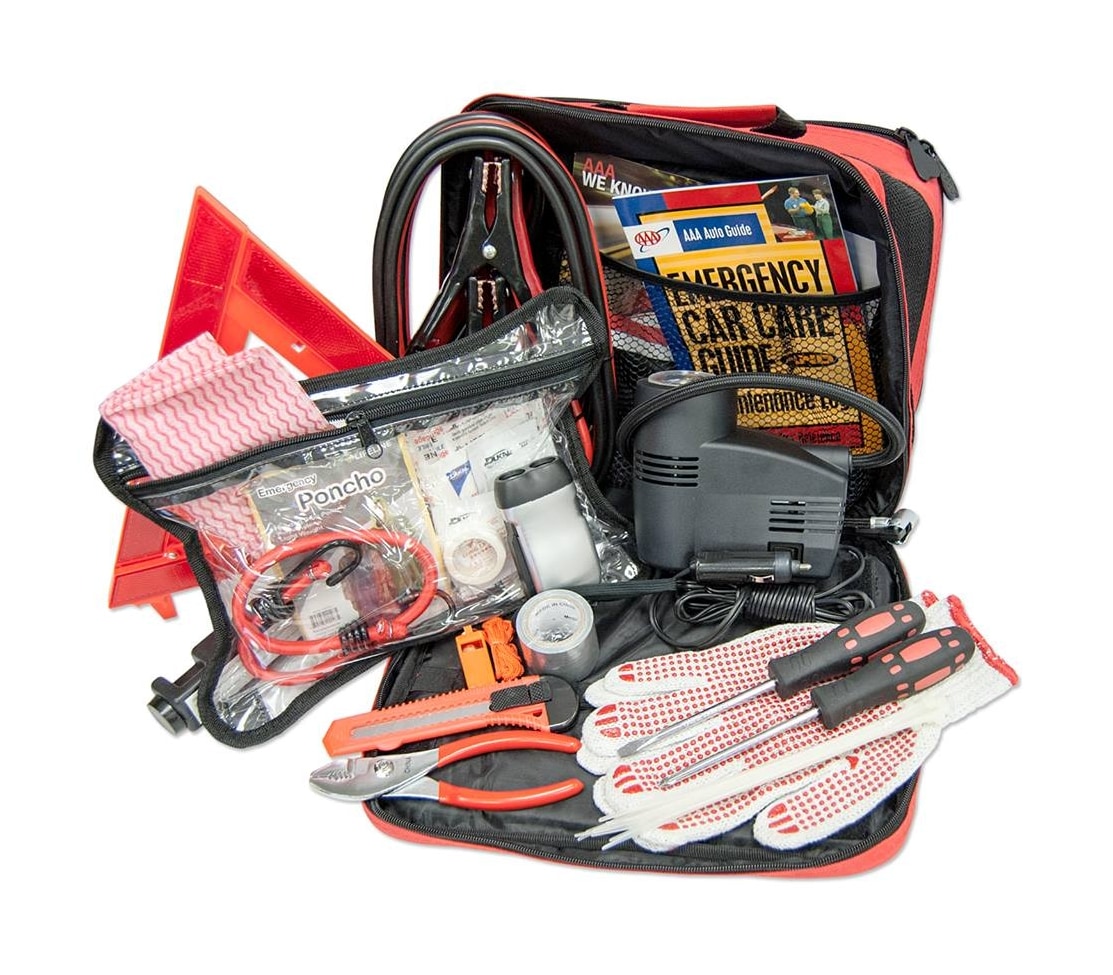
2. Check Your Battery
How is your battery’s charge? Most auto part shops will quickly read your battery’s charge for you, and give you an idea on whether or not you need to consider replacing your battery yet. It’s also a good idea to check the terminals for any signs of wear or residue. If they’re dirty, a little baking soda and water will help clean them up. Ask the professional for help if you’re not sure how to proceed.
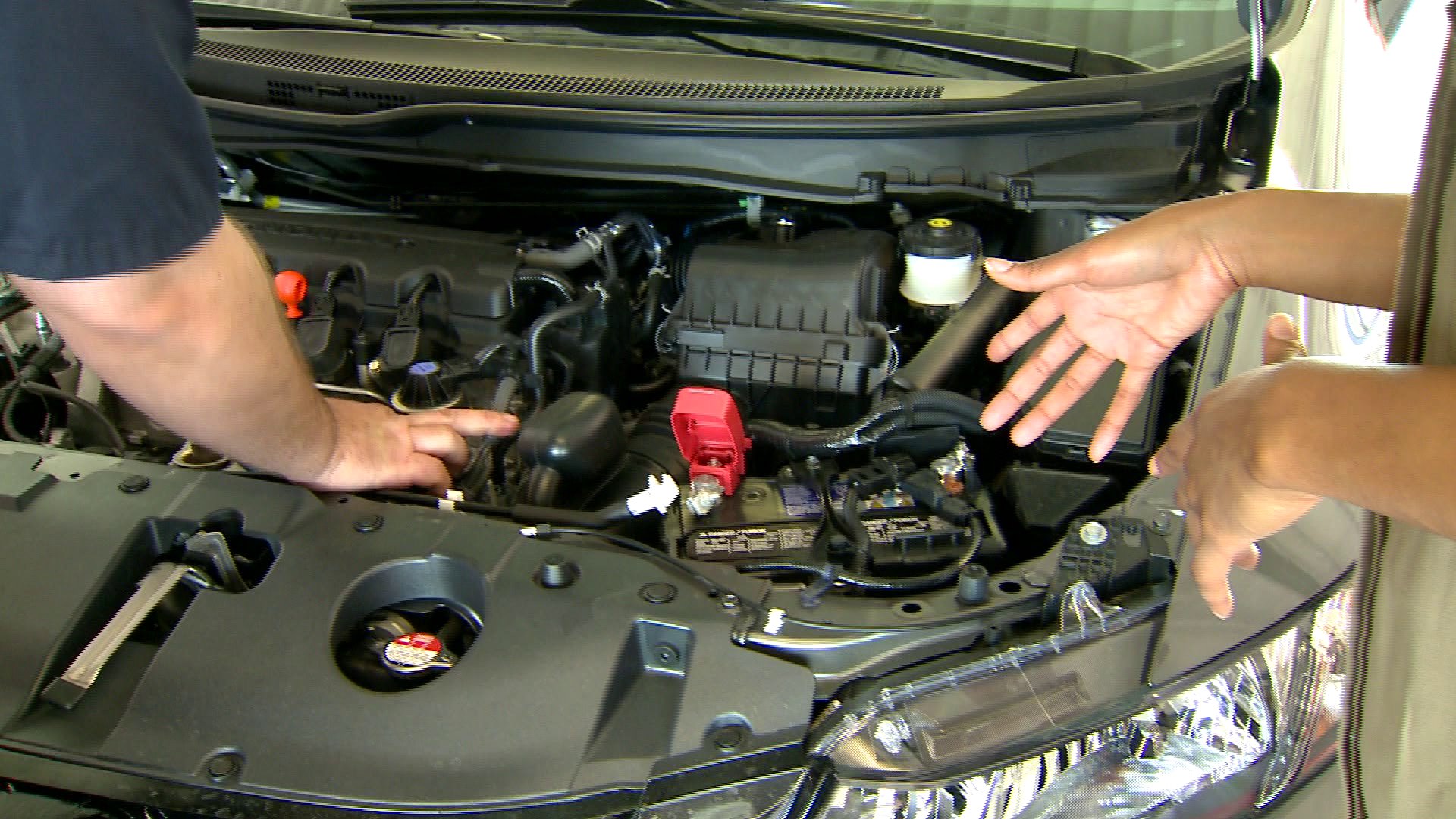
1. Check Vehicle’s Load Capacity
Know how much your car can carry. Most newer vehicles list the carry capacity on the driver’s side door sticker; older vehicles should have this information in the manual. Exceeding the load capacity can harm your vehicle over time. Remember to include the weight of both passengers and gear when you’re considering what you’re packing. Be careful with what you put on the roof rack, and if you won’t be using it this trip, improve your fuel economy by uninstalling it for the trip.
